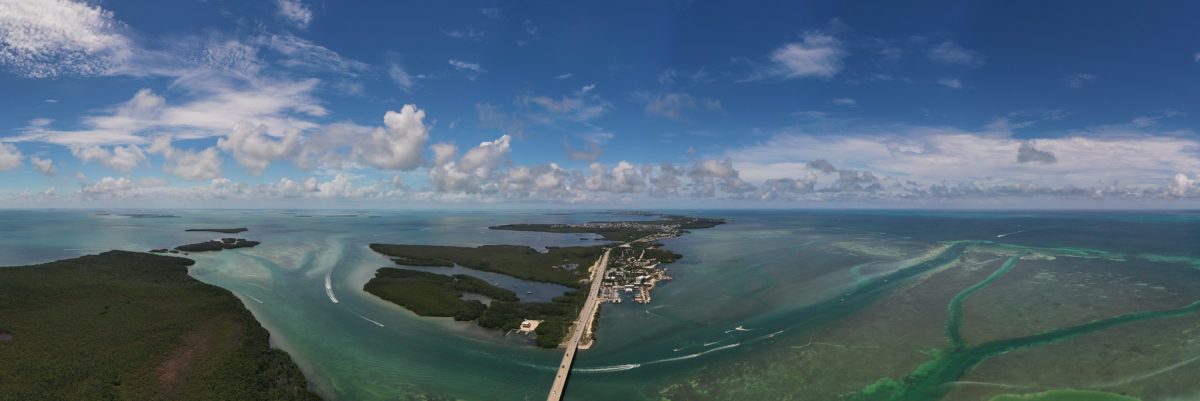An Ecology Florida Feature
October 6, 2022
by Monica Starr
The Florida Keys is a marine protected area that includes productive seagrass beds, mangrove forests and over 6,000 species of marine life [1]. North America’s only coral barrier reef is often subject to activities including snorkeling, fishing, sailing, scuba diving, kayaking and boating. The 120-mile-long island chain may have new regulations in the future in order to restrict some of these recreational activities [1]. With an area as beautiful as this, it is inevitable that humans perhaps enjoy this area too much. In order to maintain these essential marine ecosystems, the National Oceanic Atmospheric Administration (NOAA) is looking to implement some new regulations [1]. These regulations will protect this marine environmental and the enormous economic advantages that accompany it. Without proper regulations like these, the exploitation of this area will negatively impact the environment and economic sectors in this region.
The Florida Keys National Marine Sanctuary is supervised by Sarah Fangman and the sanctuary encompasses nearly the entire chain of islands leading to the southernmost point of the United States [1]. There are eight total changes proposed by NOAA. Some of these changes include: increasing the size of the sanctuary by 1,000 square miles, prohibiting cruise ship discharges and slowing vessel speeds to 4 knots within 100 yards of all shorelines [1]. These are just small changes that can make a huge difference to the coastal environments.
The Monroe County officials voted back in 2020 to prohibit cruise ship discharge, but for some reason in 2021, Ron DeSantis stepped in to prevent the county from making this rule, working against both what the county wanted and what is best for the environment. Monroe County consists of 74,000 residents and Fangman explains, “Locals recognize how our economy depends upon our marine environment and a large majority realize we need to respect these resources. My sense during this process is that people agree we have issues we need to address” [1]. It is often difficult to balance sustaining an essential marine environment that is subject to economic pressures. Fangman goes on to say, “The challenges we are facing account for a variety of threats – some are global, others are things we can address right here. That’s what this Restoration Blueprint is all about – making them resilient and stronger” [1]. In 2018, 5.13 million visitors came to the Keys, spending $2.4 billion (including $500 million in tax revenue) totaling 44% of the region’s economy [1]. The beautiful environment is the driver for this revenue stream. Exploiting this resource will result in habitat destruction. Maintaining this environment with environmental regulations not only address environmental concerns, but it protects the economic well-being of the locals.
For the most up to date information about the Florida Keys National Marine Sanctuary regulations, follow this link https://floridakeys.noaa.gov/regs/. These newer regulations have been proposed by NOAA and will hopefully be addressed in the near future.
Monica Starr is the Public Communications Facilitator for Ecology Florida and Associate Editor of Ecology Florida News. She holds a Master’s Degree in Global Sustainability from the University of South Florida.


Leave a Reply